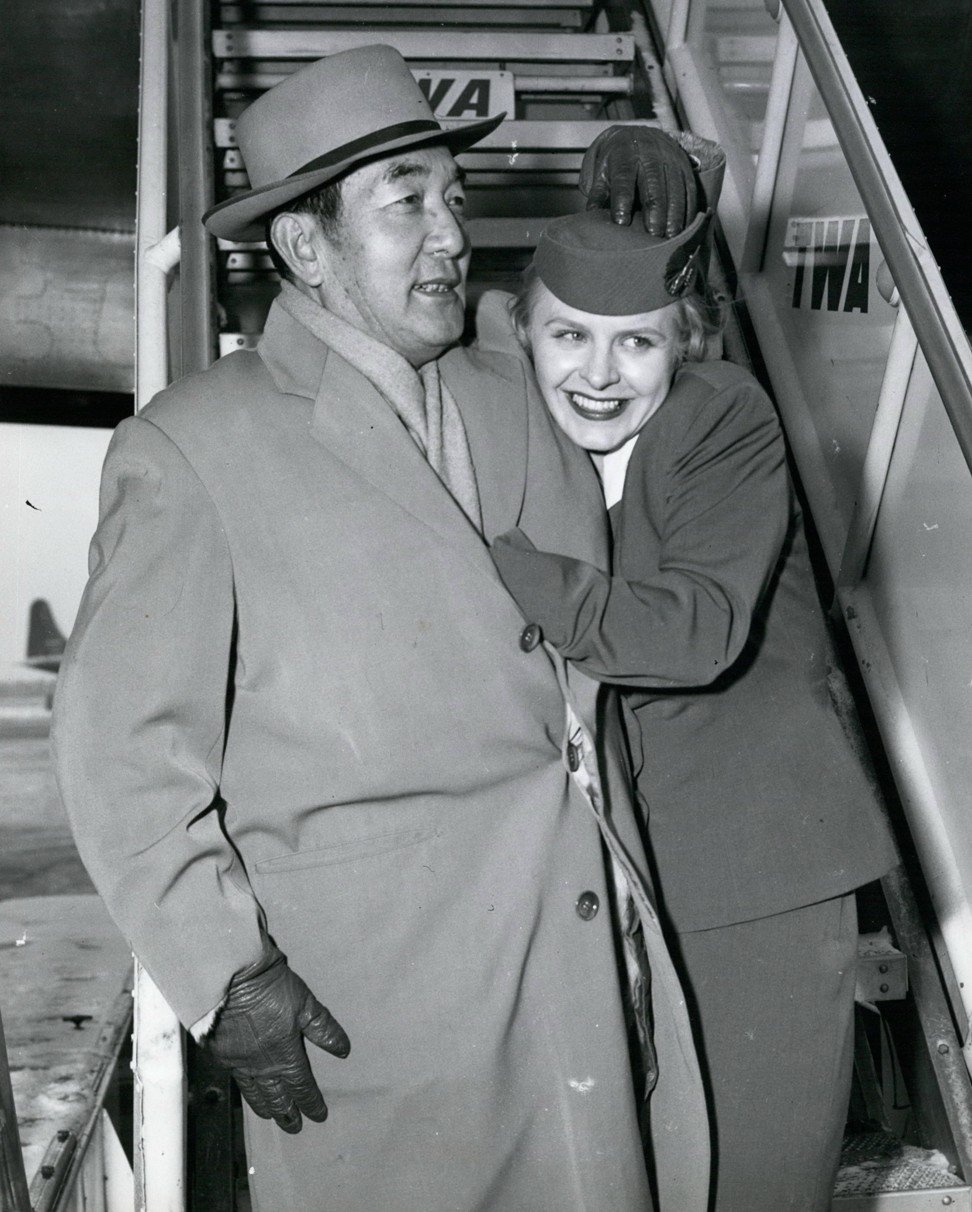
When Asian men in Hollywood films weren’t scrawny, geeky or desexualised
Long before Crazy Rich Asians there was sex symbol Sessue Hayakawa, a Japanese actor in the silent movie era who had hordes of women — mainly white – swooning over him
One theme that recurs in publicity surrounding the recent hit film Crazy Rich Asians is how certain kinds of “Asians” – invariably the hyphenated American kind, with complex personal identity issues to work through – have reacted to portrayals of other “Asians” in the movie.
Despite earnest critical deconstructions of leading characters, and anguished hand-wringing about the authenticity of various actors and personalities the film depicts, ultimately, it is just another affluence-porn-themed romantic comedy.
Central to numerous commentaries has been how, at long last, sexy, self-confident “Asian” men have leading roles in a mainstream Hollywood production. What these sentiments reveal is just how much validation certain types of hyphenated “Asians” require from the same people they publicly feel they don’t need to justify themselves to.
A century ago, one of Hollywood’s hottest leading men, enormously popular with audiences composed mostly of white women who swooned over his athletic physique and darkly smouldering, “exotic” good looks, was a versatile Japanese actor named Sessue Hayakawa. He was regularly greeted by hysterical mobs similar to those encountered by Rudolph Valentino, a sex symbol of the 1920s.

Hordes of near-orgasmic female fans shrieked, fainted, ripped their clothes and sometimes threw their underwear at him. In one 1920 film, The Beggar Prince, Hayakawa’s character was known as “The Prince of the Island of Desire” – as explicit a representation of potent Asian male sexuality as could be imagined.
After Hollywood film production codes changed in 1930, as Great Depression-era, poverty-inspired prudishness reacted against the free-and-easy morality that had characterised the affluent Roaring Twenties, it became impossible for Hayakawa to appear with white actresses as a romantic interest. Anti-miscegenation laws in many American states (similar to those in Apartheid-era South Africa, a few decades later) categorised such films as obscene and their production and screening was banned.
Hayakawa returned to Japan, had a movie career there that successfully crossed the barrier between silent films and talkies, and spent a prolonged period in Europe in the 30s. Caught up in Nazi-occupied France during the second world war, Hayakawa became an active member of the French Resistance; post-war American investigations, which cleared him for Hollywood film roles, found that he had at no time assisted in the German war effort.
Hayakawa reappeared before global audiences in character roles, usually in Pacific war-themed films such as Three Came Home (1950) and The Bridge on the River Kwai (1957). Testament to his acting skills are his portrayals of Japanese “enemy” characters as multidimensional human beings, instead of cardboard propaganda figures. In later life, he became a devout Buddhist and trained as a Zen master. He died in Tokyo, in 1973, aged 87.
Were Hayakawa to embark on a Hollywood career today, he would be instantly rebranded with the blanket term “Asian-American”, as though the descendants of immigrants from China, Korea, Japan, Thailand, Vietnam, the Philippines or other East Asian places have much in common with each other beyond the shared experience of being a visible minority. Scrawny, geeky, desexualised Asian male portrayals that a later generation of Western film-goers came to expect had no place a century ago.
Identity-challenged cultural commentators take note; wildly popular “Asian-American” heartthrob actors existed a full century before Crazy Rich Asians hit the screens. Hayakawa’s life and career vividly illustrate this point.

